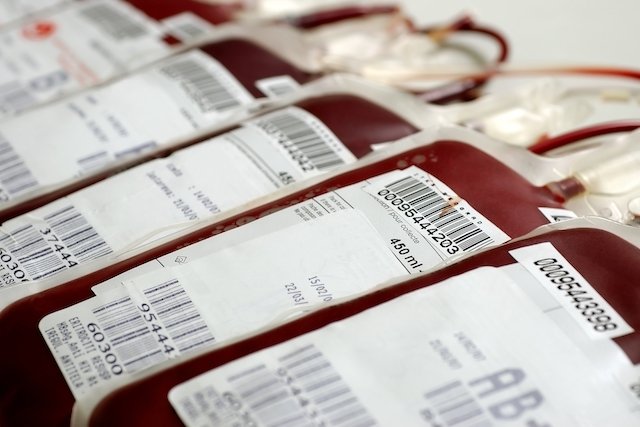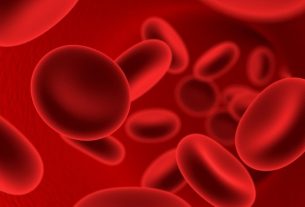Blood transfusion is a safe procedure in which complete blood or just some of its constituents are inserted into the patient’s body with the aim of treating a condition, mainly profound anemia or severe bleeding, and is also indicated in cases of hemophilia, burns or during major surgery, for example.
Although it is possible to transfuse whole blood when severe bleeding occurs, it is usually more common to transfuse only blood components, such as erythrocytes, plasma or platelets to treat anemia or burns, for example. However, in some cases, it may be necessary to have several blood transfusions to meet the body’s needs.
In addition, in the case of scheduled surgeries, it is possible to perform an autologous transfusion, which is when blood is taken before the surgical procedure, to be used if necessary during the surgery.

When transfusion is necessary
Blood transfusion can only be done when the blood type between the donor and the patient is compatible, and is indicated in situations where there is a large loss of blood or liquids or when there is a change in the production process of blood cells or blood components. , such as clotting factors, for example.
Thus, blood transfusion may be indicated in case of:
- Profound anemia;
- Severe bleeding;
- 3rd degree burns;
- Hemophilia;
- After bone marrow or other organ transplantation;
- During surgical procedures, when there is severe bleeding.
However, before the transfusion is carried out, it is necessary to ensure that the blood of the person who will receive the blood and the blood to be transfused are compatible, as this way it is possible to prevent the development of reactions. Learn more about blood types.
Read too: How to increase platelets (foods, medicines and more)
How blood transfusion is performed
To be able to undergo a blood transfusion, it is necessary to take a blood sample to check the blood type, blood volume and quantity of circulating blood cells, as this makes it possible to check whether the person is capable of starting the transfusion, evaluate the amount of blood that will be needed and whether it will be a transfusion of whole blood or just some components.
The procedure to receive blood can take up to 3 hours, depending on the amount of blood needed and also the component that will be transfused. For example, the transfusion of erythrocytes may take longer because it must be done very slowly, and the volume required is normally large, while plasma, despite being thicker, is generally needed in smaller quantities and may take less time.
Having a blood transfusion does not hurt and when the transfusion is done outside of surgery, the patient can generally eat, read, talk or listen to music while receiving the blood, for example.
What to do when transfusion is not allowed?
In the case of people with beliefs or religions that prevent transfusion, as happens in the case of Jehovah’s witnesses, self-transfusion may be chosen, especially in the case of scheduled surgeries, in which blood is removed from the person before the surgery so that can then be used during the procedure.
Possible risks of transfusion
Blood transfusions are very safe and, therefore, the risk of contracting AIDS or hepatitis is very low, as before being transfused, the blood undergoes a series of tests to ensure it is considered safe. However, in some cases, it can cause allergic reactions, lung edema, heart failure or changes in blood potassium levels. Therefore, all transfusions must be carried out in the hospital with evaluation by the medical team.

Sign up for our newsletter and stay up to date with exclusive news
that can transform your routine!
Warning: Undefined array key "title" in /home/storelat/public_html/wp-content/plugins/link-whisper-premium/templates/frontend/related-posts.php on line 12
Warning: Undefined array key "title_tag" in /home/storelat/public_html/wp-content/plugins/link-whisper-premium/templates/frontend/related-posts.php on line 13



